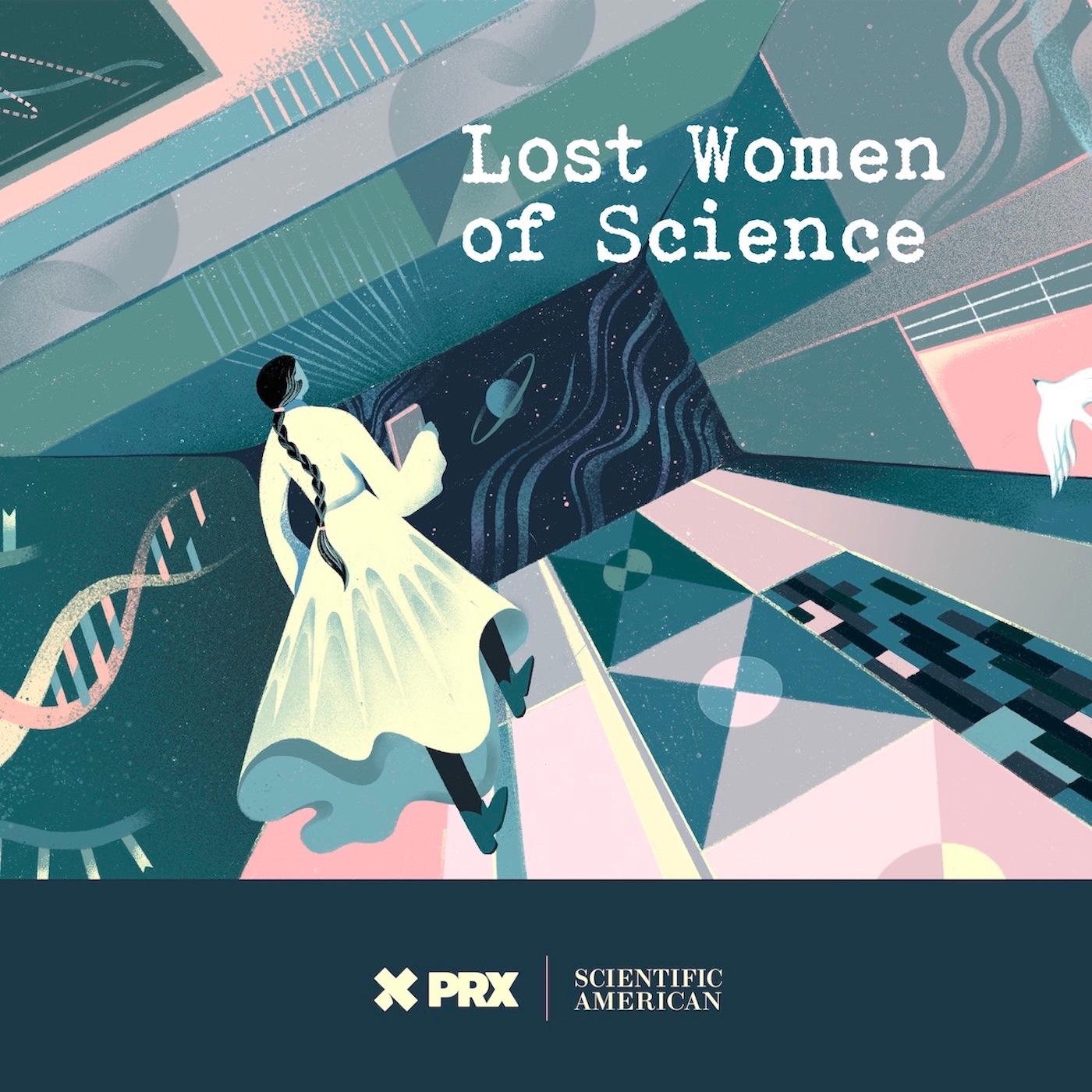
Lost Women of Science
Lost Women of ScienceFor every Marie Curie or Rosalind Franklin whose story has been told, hundreds of female scientists remain unknown to the public at large. In this series, we illuminate the lives and work of a diverse array of groundbreaking scientists who, because of time, place and gender, have gone largely unrecognized. Each season we focus on a different scientist, putting her narrative into context, explaining not just the science but also the social and historical conditions in which she lived and worked. We also bring these stories to the present, painting a full picture of how her work endures.
For every Marie Curie or Rosalind Franklin whose story has been told, hundreds of female scientists remain unknown to the public at large. In this series, we illuminate the lives and work of a diverse array of groundbreaking scientists who, because of time, place and gender, have gone largely unrecognized. Each season we focus on a different scientist, putting her narrative into context, explaining not just the science but also the social and historical conditions in which she lived and worked. We also bring these stories to the present, painting a full picture of how her work endures.









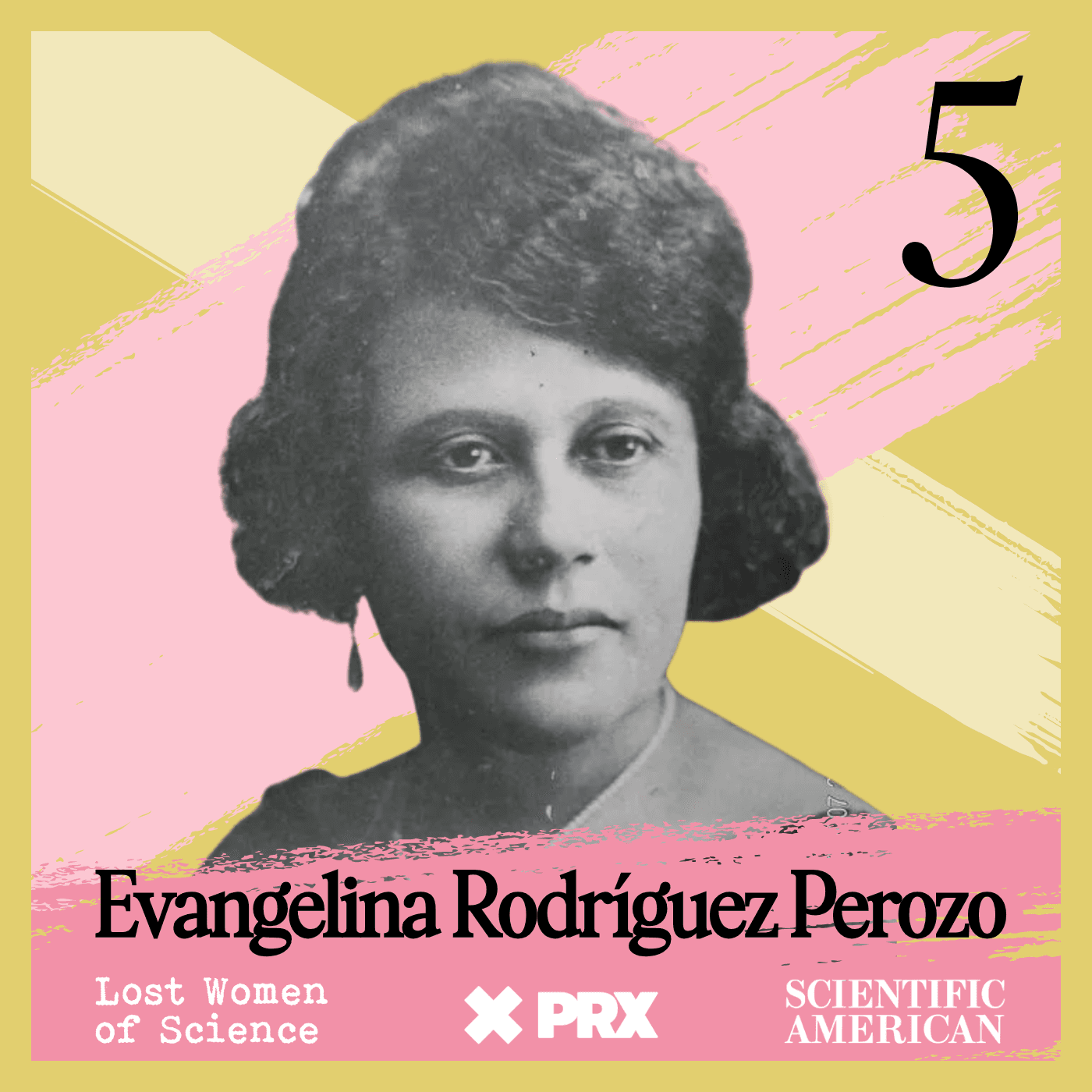













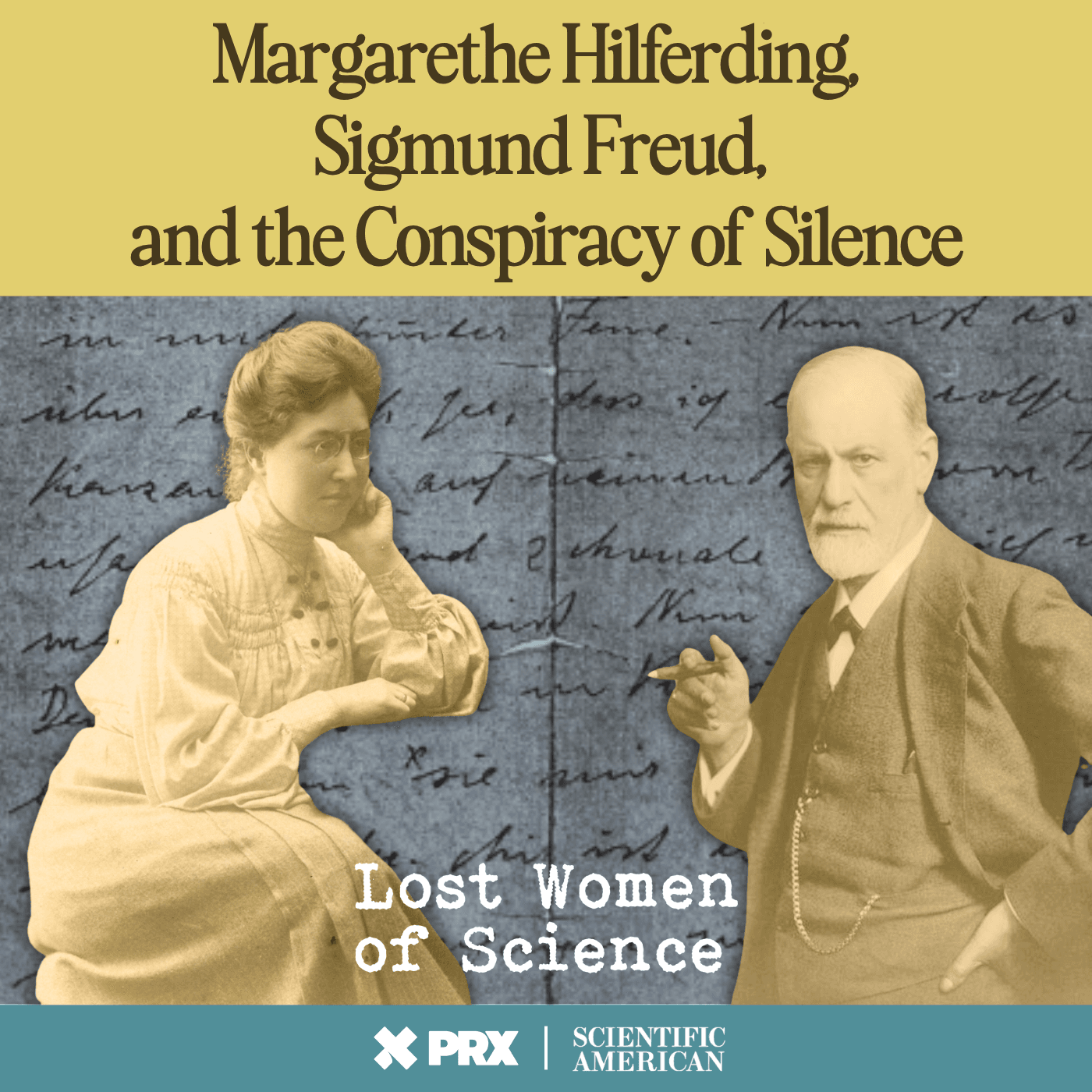





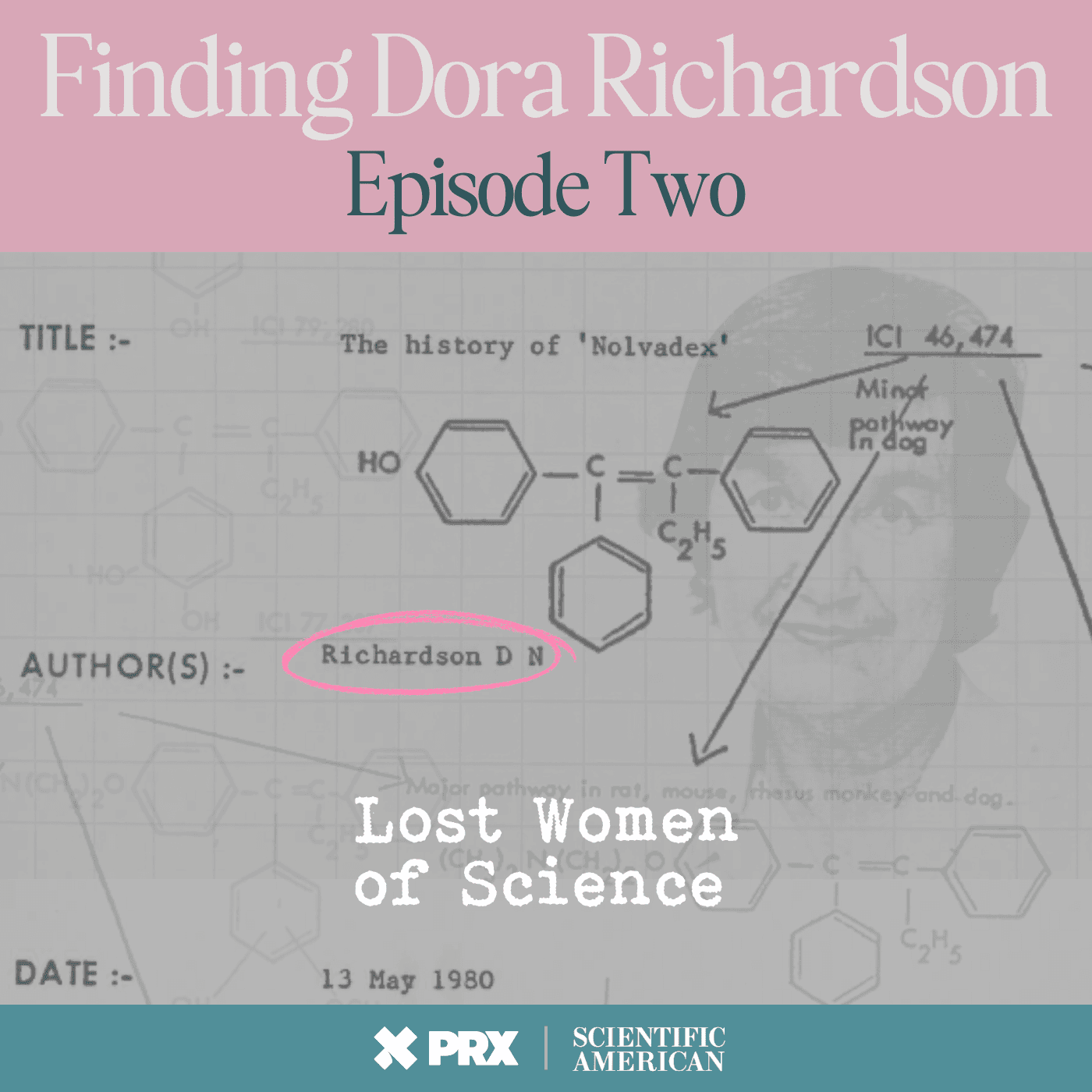
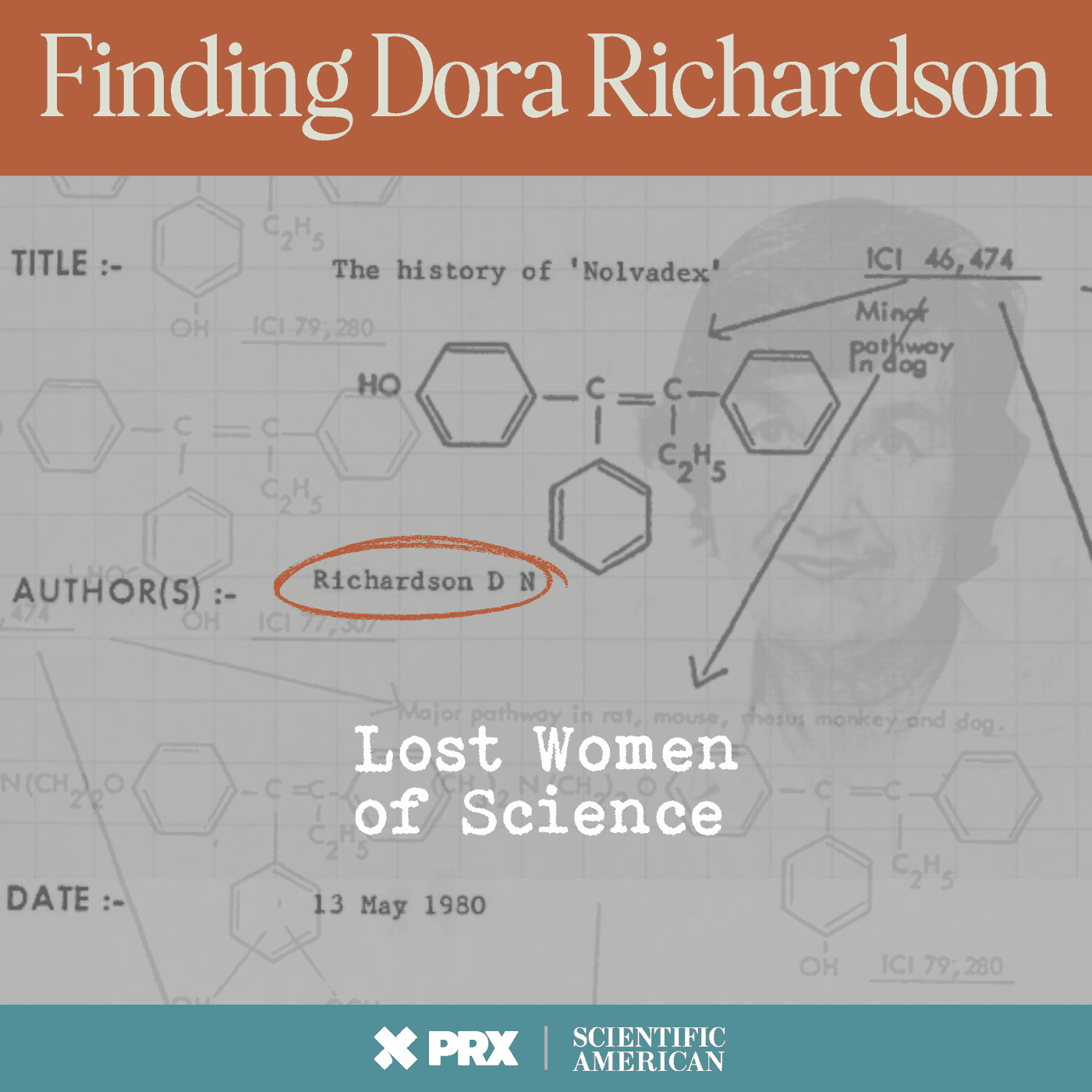


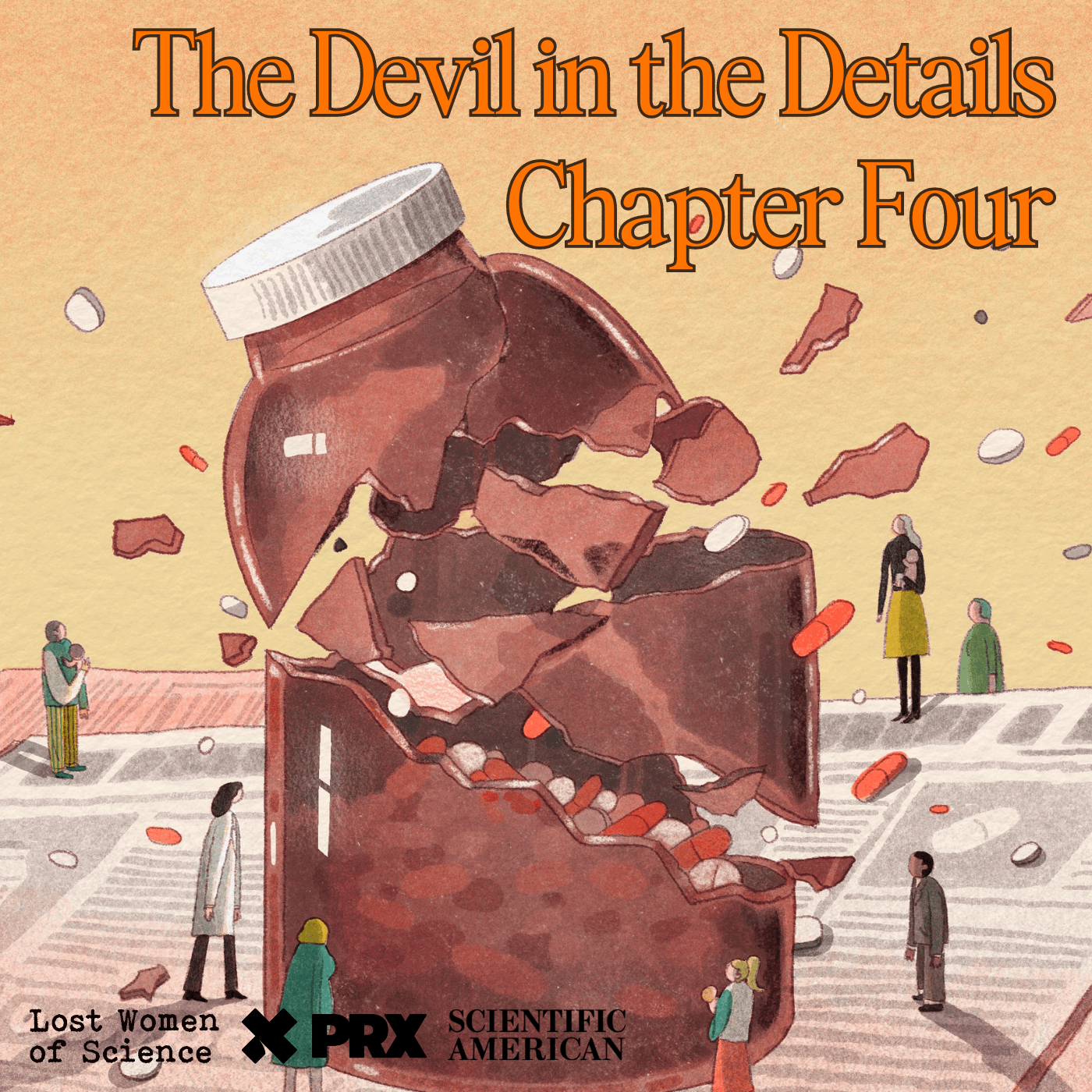
















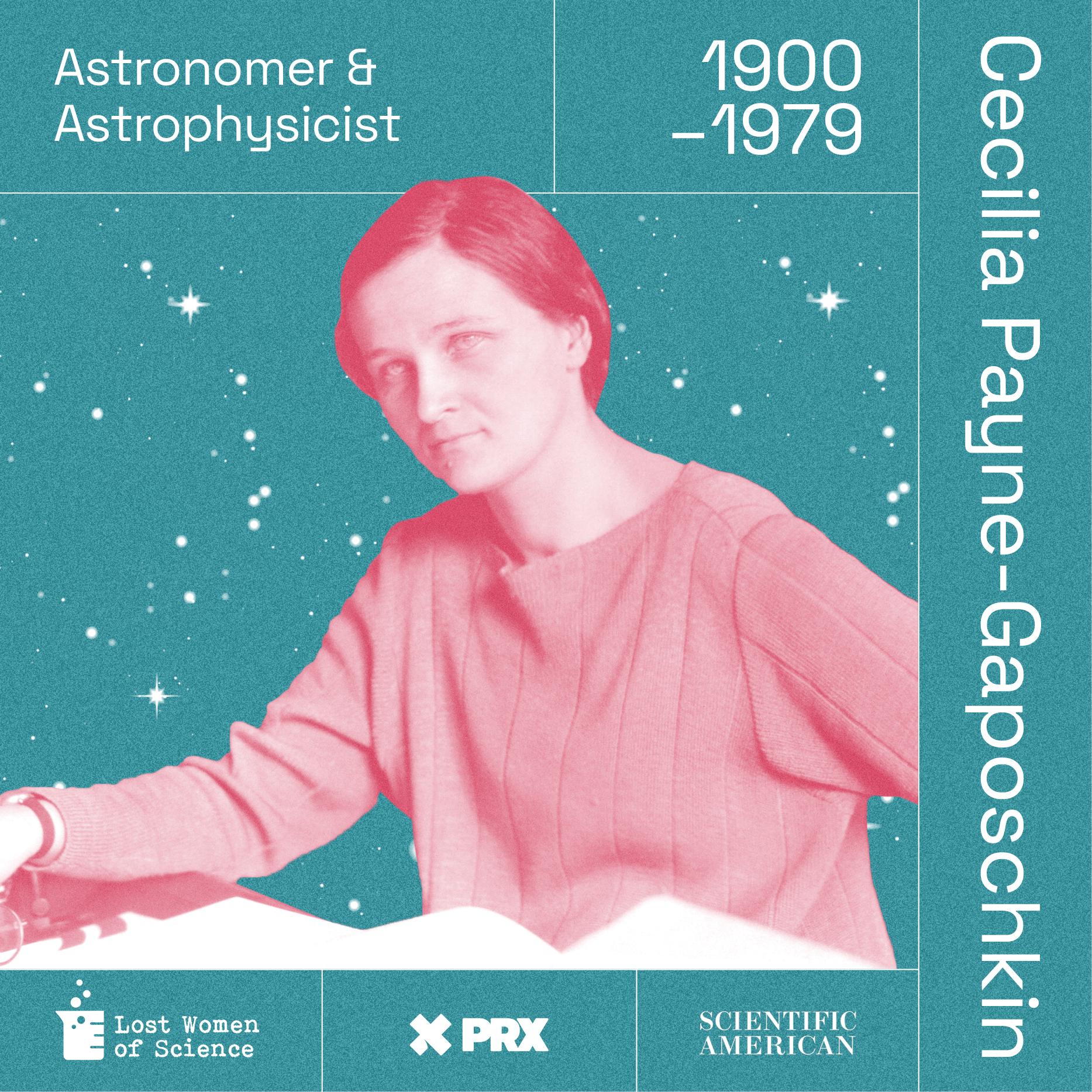
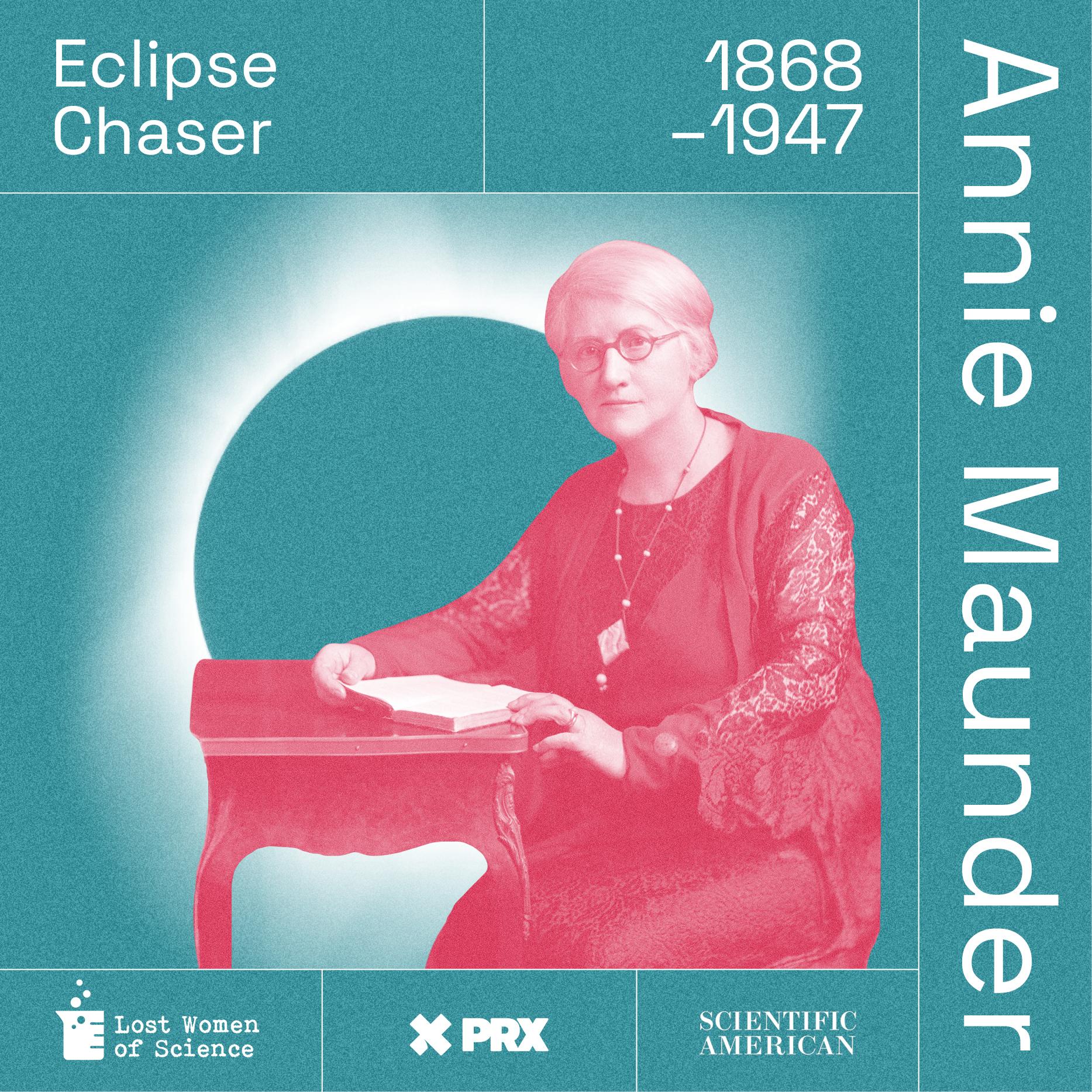
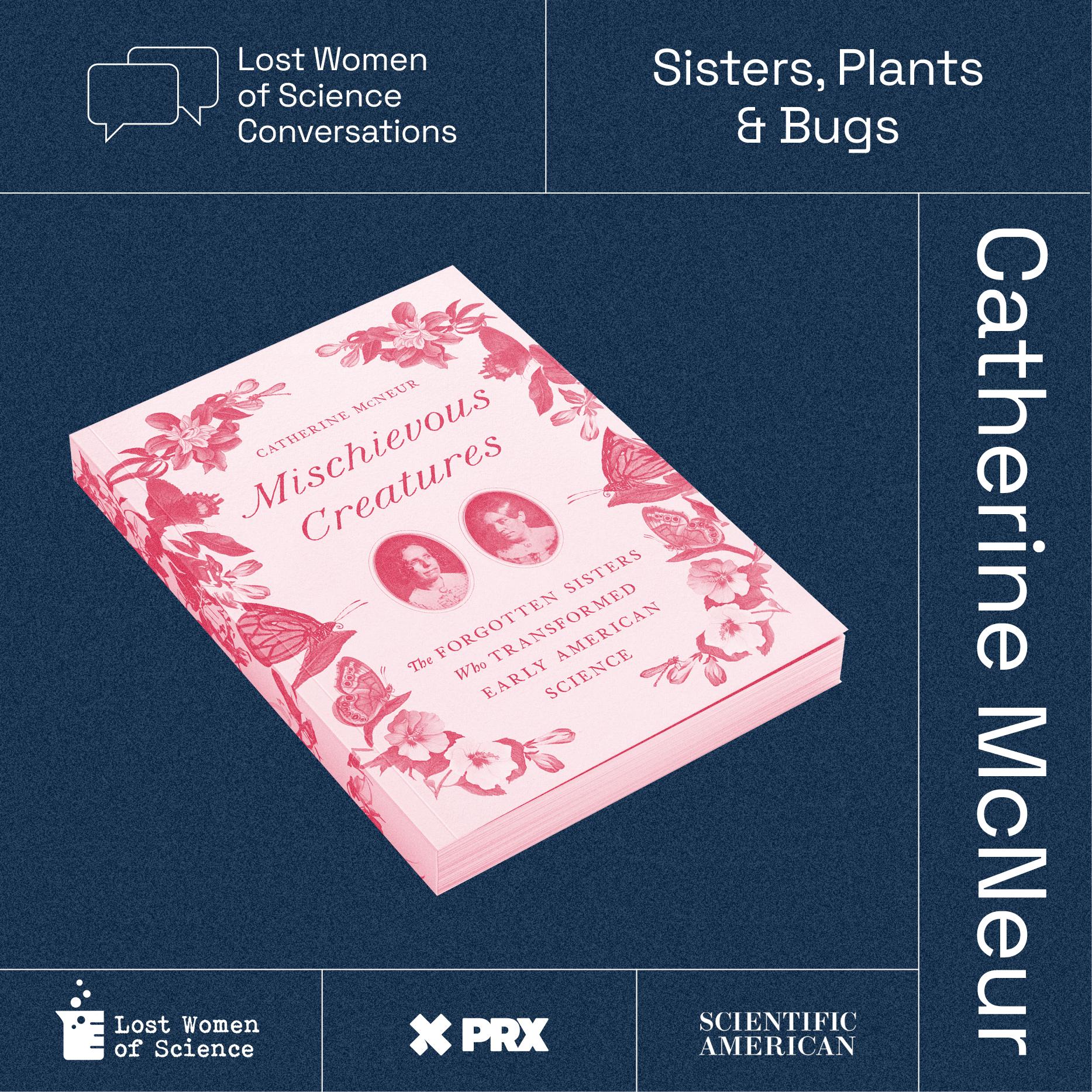

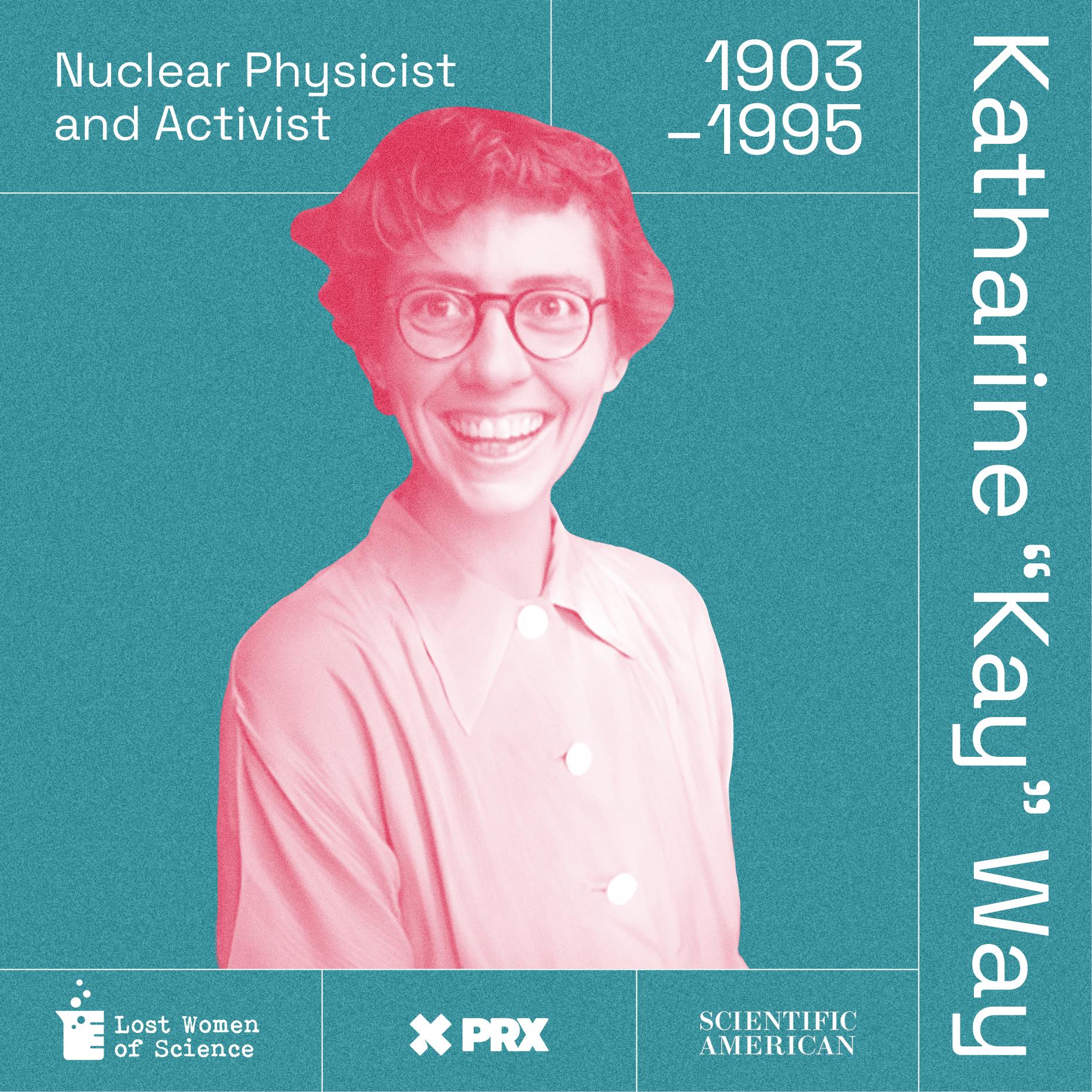









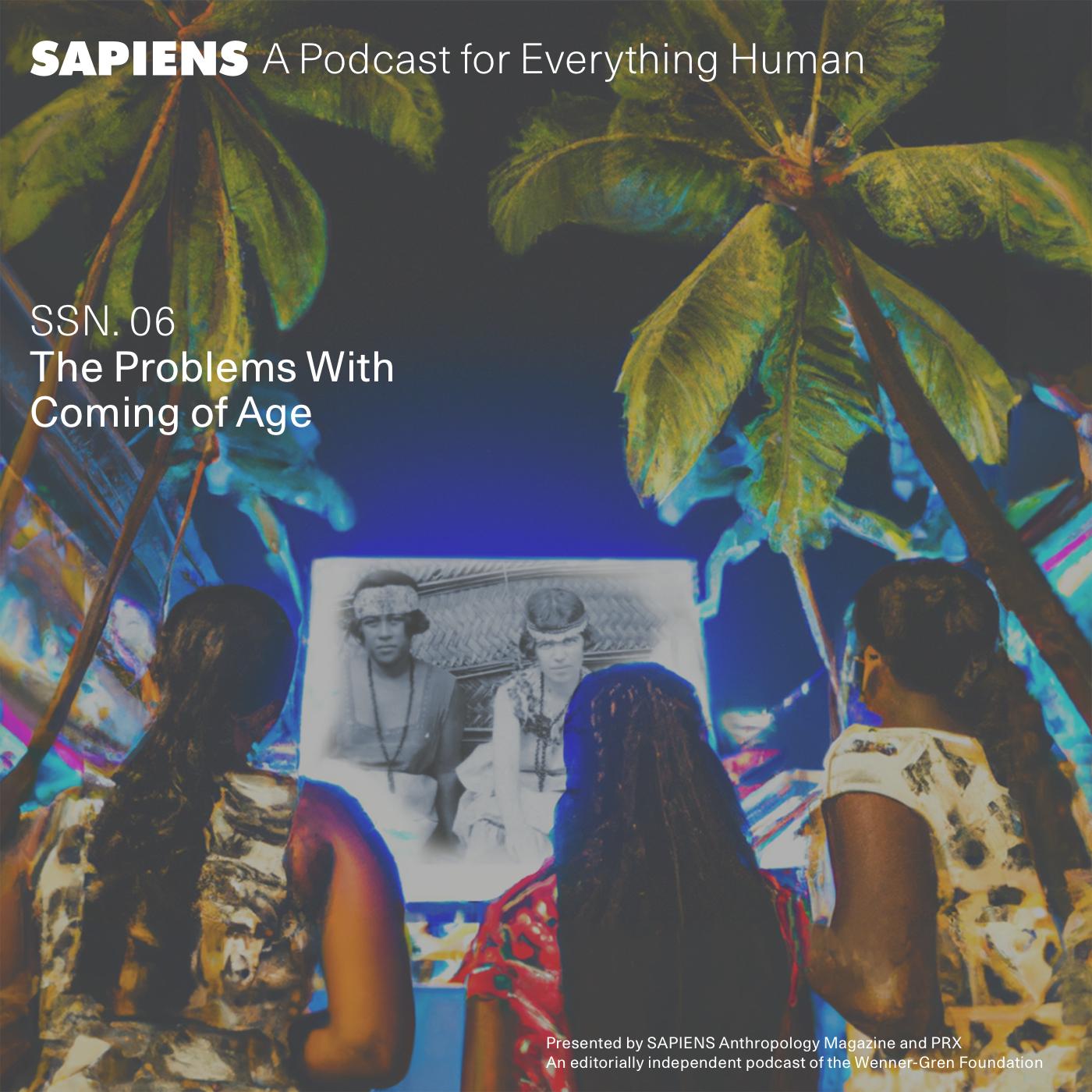











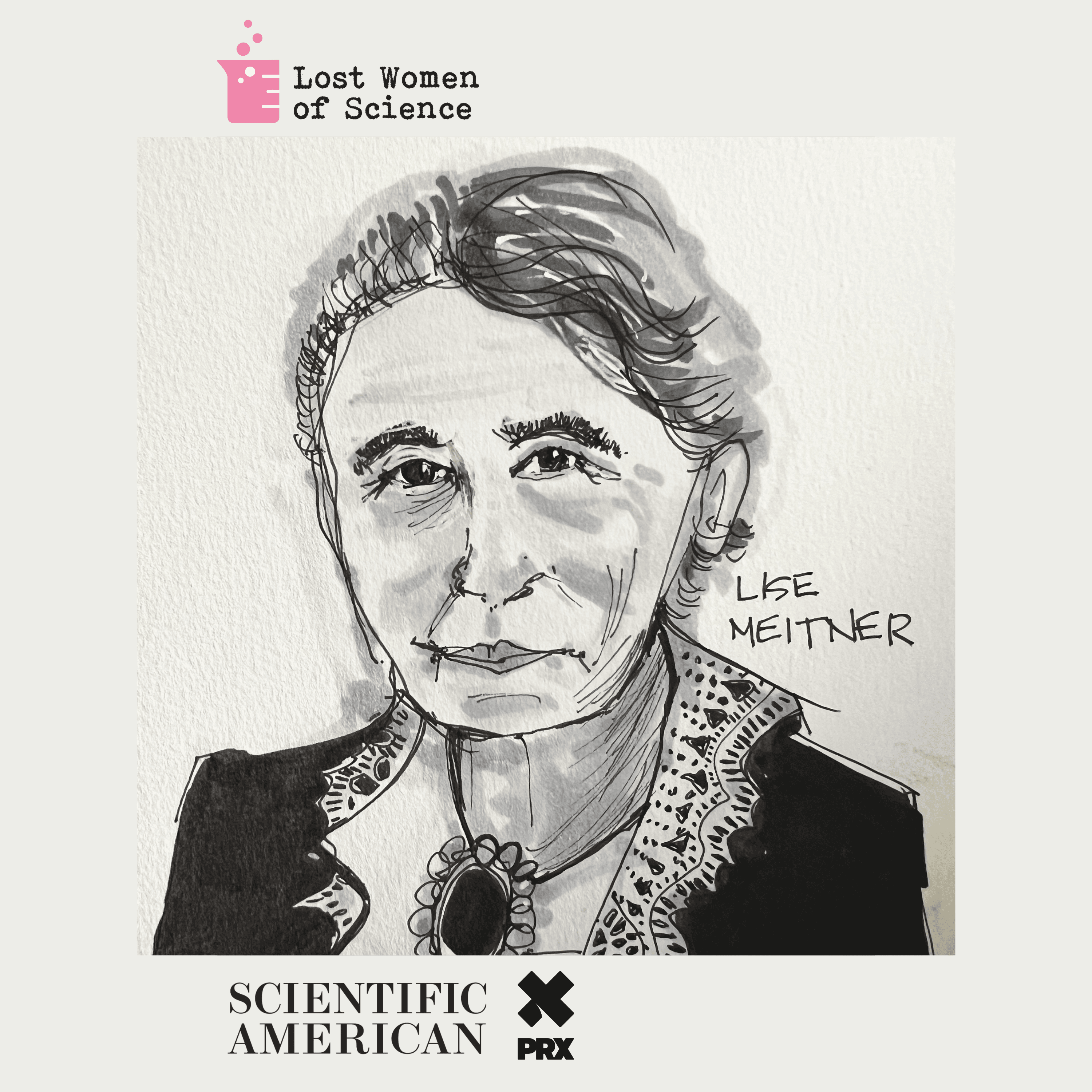




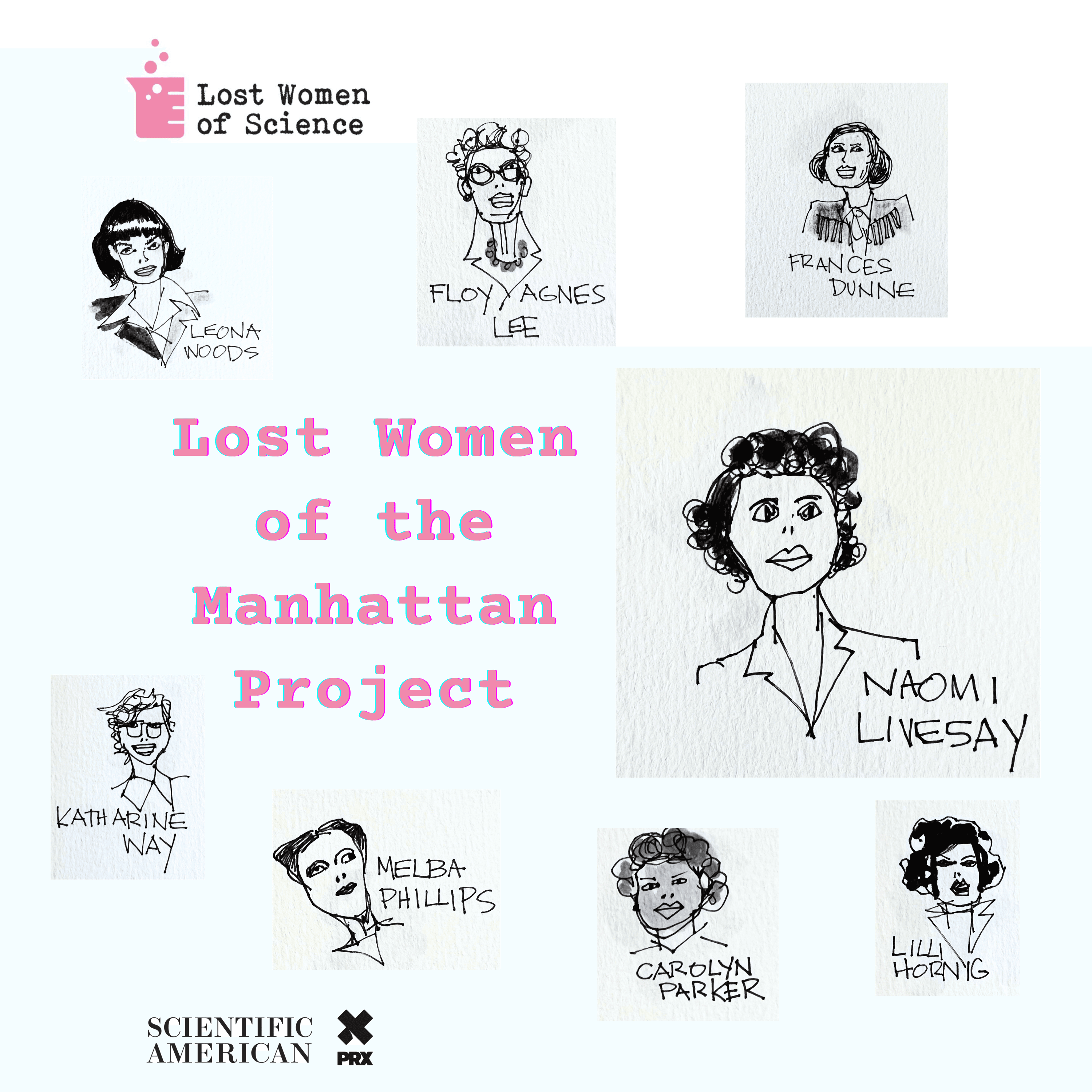




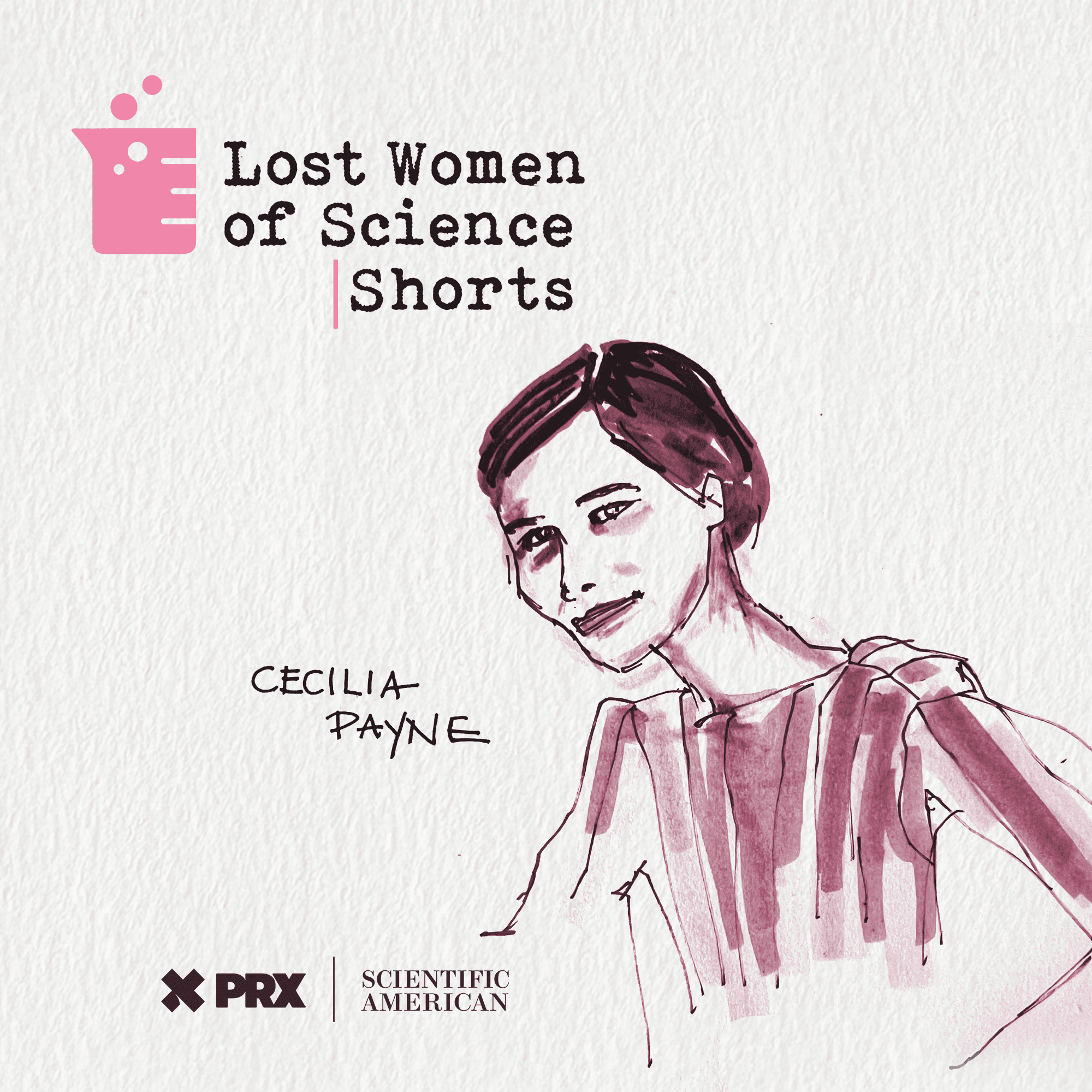


























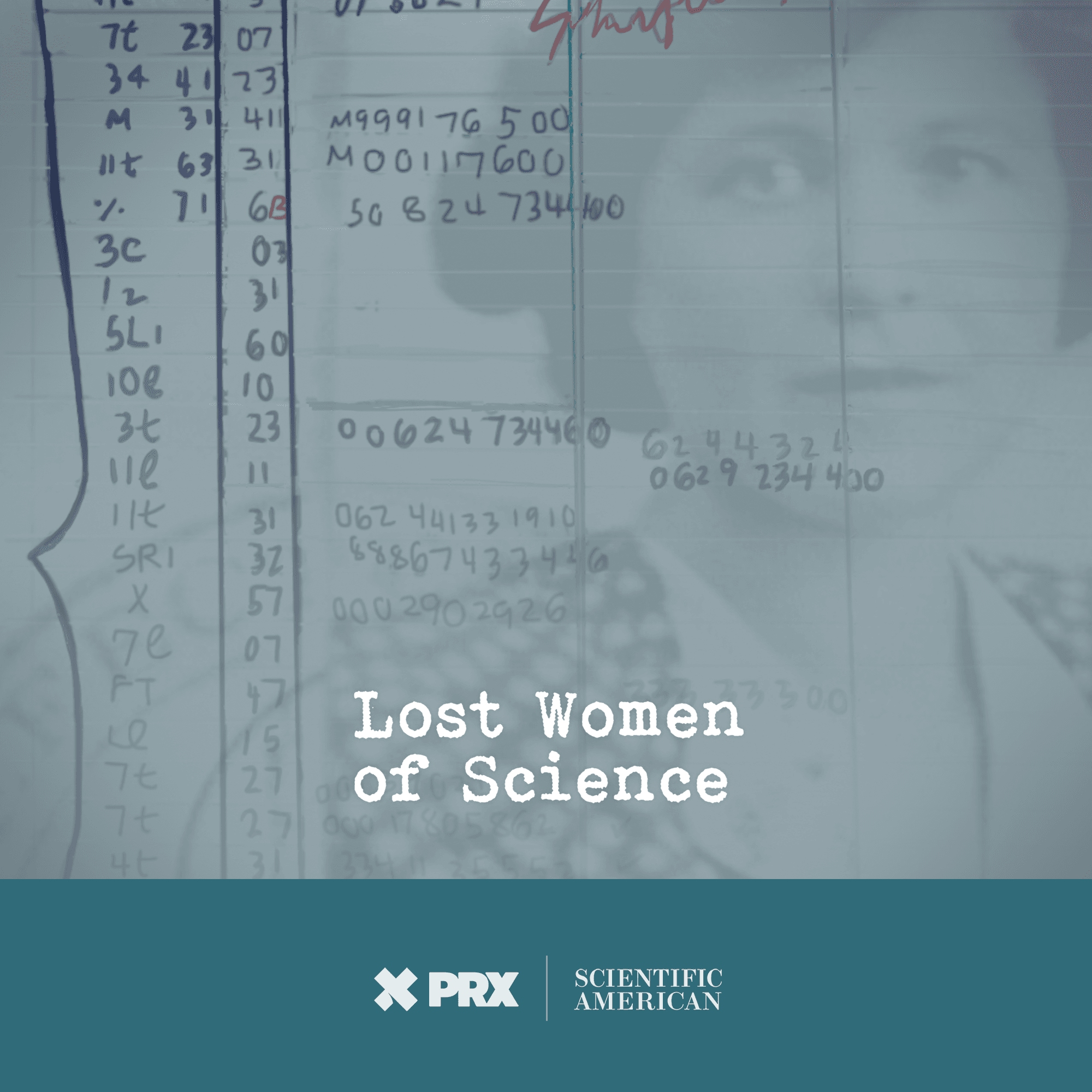
Chemistry Professor and Crime Buster: The Remarkable Life of Mary Louisa Willard

“The only time I ever saw something that I thought was abnormal…there was a human arm in the refrigerator,” said J. Peter Willard about his aunt, Mary Louisa Willard. Otherwise, he insisted, she was just “very normal.” But Mary Louisa Willard, a chemistry professor at Pennsylvania State University in the late 1920s, left a strong impression on most people, to say the least. Her hometown of State College, Pennsylvania, knew her for stopping traffic in her pink Cadillac to chat with friends and for throwing birthday bashes for her beloved cocker spaniels. Police around the world knew her for her side hustle: using chemistry to help solve crimes.
Learn about your ad choices: dovetail.prx.org/ad-choices